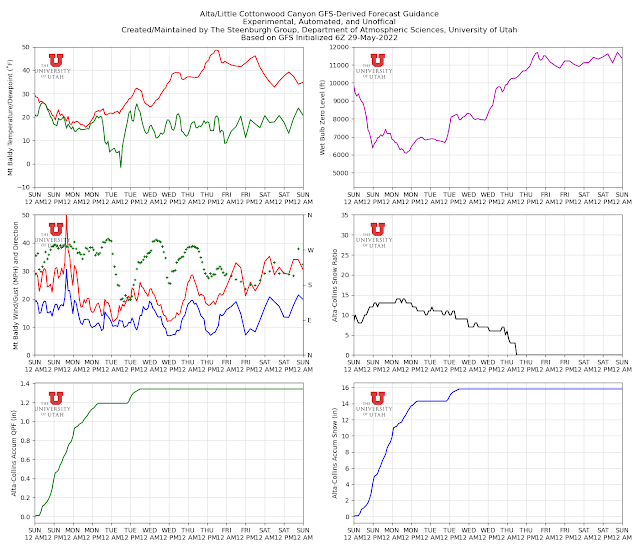When I first moved to Salt Lake City in the 1990s, purpose-built mountain-biking trails didn't exist near town, with the exception of the pipeline trail in Mill Creek Canyon, which I'm not sure was truly designed for mountain biking. There was no Avenues Bonneville Shoreline Trail (BST). I used to ride the fire road above Terrace Hills Drive and then hike a bike to the top of the Avenues Twin Peaks. One could descend via that route or down the Bobsled or the Agony Escalator.
In 1998 a friend and I had been looking at topo maps and decided that we should ride to Rudys Flat above Bountiful via ridge thats west and north of City Creek Canyon. Looked "doable" on the map. There was to TrailForks or other app to give us a trail report.
We left after work. We road up the Ensign fire road past the various comms towers, which beyond the first set of towers was as bad then as it is today. Then we started working our way out the ridge. Initially it was a pretty good double track, then a lousy double track, then a single track, then a heard path. The ridge is pretty lumpy and the route went straight up and straight down everything. The vertical added up. It started getting dark. Finally we saw the trail down North Canyon and beelined too it. We then descended and road home in the dark via paved roads. I was depleted.
I swore I'd never do it again, but a few years later I did, this time better equipped with more reasonable expectations.
I always thought it would be a great place for some properly built trails. Although not on the ridge, the BST from above is now nearly finished to North Canyon (I've read it's not quite to North Canyon yet, but if you have a more recent update, please comment). I rode some of it yesterday and it offers up great views as it contours in and out of the scrub oak.
Here and there, a dense carpet of vegetation covers the ground.
The trail is very well constructed and perhaps single track and a half rather than single track.
It's fairly easy riding once there. The route to it from Wild Rose has a steep section that requires some pushing, but it's not a biggie. Perhaps a lower-angle option will eventually be constructed.
We did ascend the old-school Eagle Crest trail to the ridge above City Creek to enjoy the views of the central Wasatch.
This is an area I always thought could offer up some great biking and hiking and it is great to see more trails being built. Really, the potential is enormous.
It was also a sad reminder that while other communities are moving forward with trail construction and providing more opportunities for their residents, Salt Lake City continues the pause on trail construction in the Avenues Foothills. Let's get that process going again. The reality is that a new trail system will be better than what we have now.























.png)




.png)


